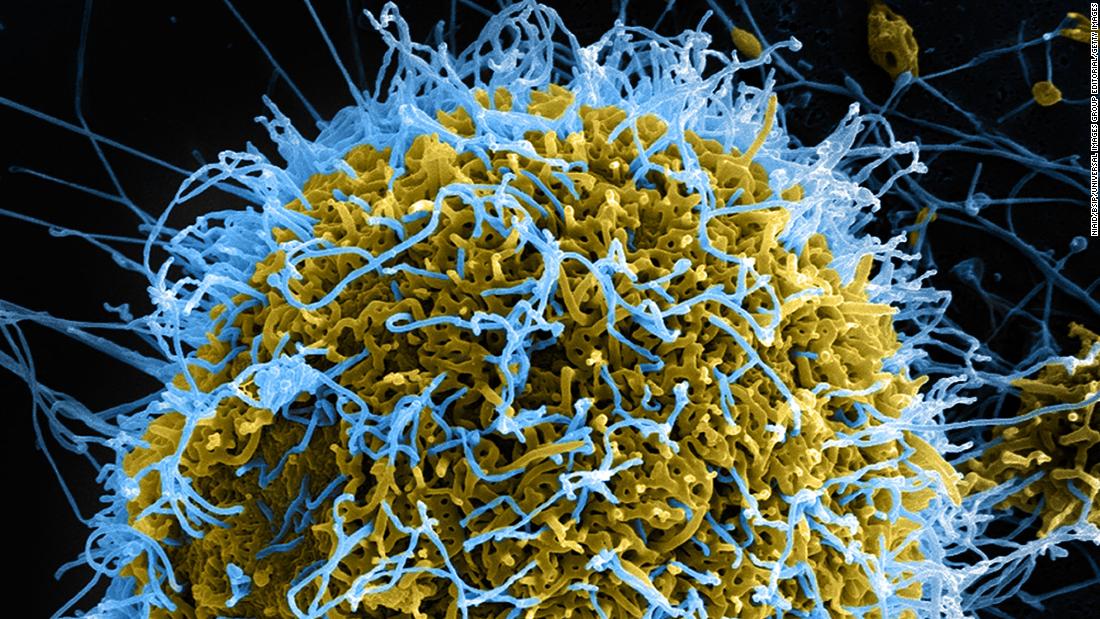
Health officials in the southeastern N’Zerekore district said seven people attending a nurse’s funeral tested positive for the disease and experienced symptoms such as diarrhea, vomiting and bleeding. Three of them died after the funeral on February 1. It is unclear whether the nurse, who worked at the local health center, died of Ebola.
The World Health Organization (WHO) has pledged support to Guinea by helping to procure the Ebola vaccine that has helped control recent outbreaks in the Democratic Republic of Congo. Already on site, the teams are also helping ensure infection prevention and control in health facilities and other key locations, as well as reaching out to communities.
An Ebola treatment center will also be opened in the Gouecke region of N’Zerekore, where the outbreak was declared.
The Red Cross said in a statement that a network of more than 700 trained volunteers has been “ activated as part of an initial wave of response and that the government has called on people to respect hygiene and prevention measures and report signs of the disease to the health authorities. “
The largest Ebola outbreak in the world to date started in Guinea in 2014 and continued into 2016, spreading to neighboring Liberia and Sierra Leone. More than 28,000 people became infected and more than 11,000 of them died.
The current outbreak has restarted in a border region of Guinea and the WHO says it is working with health authorities in Liberia and Sierra Leone to strengthen surveillance in border districts and improve the capacity to test cases.
“WHO is supporting authorities in setting up testing, contact finding and treatment structures and bringing the overall response to full speed.”
Countries in West Africa are on high alert and Nigeria says it is monitoring the situation and will provide public health advice to address concerns in Africa’s most populous country.
Most common in humans and non-human primates such as monkeys, gorillas and chimpanzees, Ebola virus disease is a serious disease that is first spreading from wild animals to humans. People can be infected by other people if they come into contact with bodily fluids from an infected person or contaminated objects from infected people. People can also be exposed to the virus, for example by slaughtering infected animals.
The health agency said it is working with partners to provide essential medical supplies to support local health authorities. Vaccinations were also started in the region on Monday.
The DRC has faced several Ebola outbreaks so far. In June 2020, the DRC reported its 11th Ebola outbreak. A total of 130 confirmed and probable cases were reported, as well as 55 deaths.
CNN’s Maria Fleet, Mia Alberti, Meera Senthilingam, Sharon Braithwaite and Nimi Princewill contributed to this report.